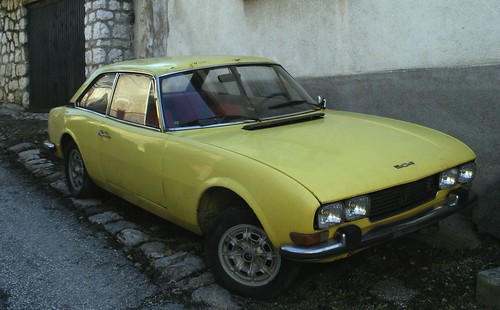
Fueled by Faith: Driven by Prayer
The General Overseer of the Redeemed Christian Church of God (RCCG), Pastor Enoch Adejare Adeboye, once told his congregation about an extraordinary event that happened to him while on a road trip in Nigeria. He had left the city of Onitsha in the eastern Nigerian state of Anambra, and, as is frequently the case these days, the region and the rest of the country was in the grip of an acute petrol shortage. Because of this, he was unable to buy petrol for the car he was traveling in, as was his intention, in the adjoining city of Asaba, a short six miles away. By the time he arrived in Ore, about 134 miles from Asaba, his fuel indicator was firmly leaning toward “empty,” meaning that he had to get petrol for the car immediately. But then, something out of this world happened. According to Pastor Adeboye, it was at that juncture (junction?) that God, apparently seeing his dilemma, instructed him to proceed without looking at his fuel gauge. From that point onward, pastor Adeboye, so the account went, drove his car straight on to his residence in Surulere, Lagos (an additional 103 miles), without bothering to stop for—and apparently not needing—petrol.
Some will argue, and correctly too, that this account strains credulity. But in the context of comparable testimonies of super-ordinary “divine interventions” (the gold standard here being the Sorcery-to-Salvation accounts of Emmanuel Eni and Kaniaki Mukendi respectively), the truth is that it is by no means unique. In the world of African Pentecostals in fact, there is actually a correlation between the spectacularity of the specific “tribulation” that a believer, often through prayer and fasting, purports to have “overcome,’ and his or her perceived spiritual bona fides. Pastor Adeboye’s testimony did his halo no harm at all. Yet, while a Waoh!-eliciting testimony certainly benefits the testimonier, it would seem to benefit their congregation or church even more. At the very least, it is a certificate of apostolic authenticity; proof that the congregation—if not the pastor who is in charge of it—is on good terms with God. In West Africa, certainly in Ghana and Nigeria, testimonies are thus powerful drivers of inter-congregational mobility.
(more…)




